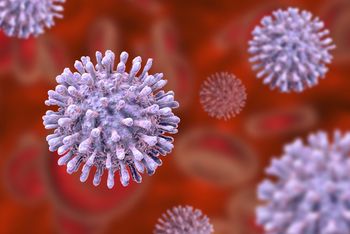
At week 48, 83.8% of participants in the TAF/FTC/DTG arm had HIV RNA < 50 copies/mL, 84.9% for TDF/FTC/DTG and 78.6% for TDF/FTC/EFV.

At week 48, 83.8% of participants in the TAF/FTC/DTG arm had HIV RNA < 50 copies/mL, 84.9% for TDF/FTC/DTG and 78.6% for TDF/FTC/EFV.
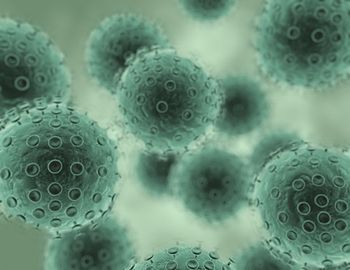
GEMINI 1 & 2 are phase 3, randomized, double-blind, multicenter studies evaluating the 2-drug regimen of DTG/3TC in comparison with the 3-drug regimen of DTG + TDF/FTC.

The final results of HOPE, a phase 3 open-label extension trial, show high uptake and lower-than-anticipated HIV-1 incidence.
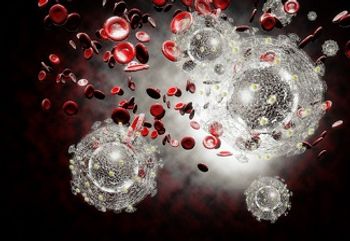
The discovery of dendritic cells known as CD11c+ offers a pathway to understanding the mechanism behind HIV transmission and how to halt it.
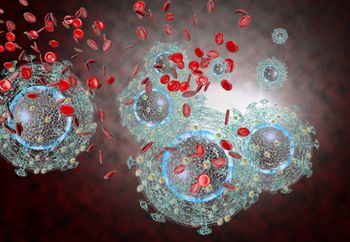
New results indicate that the study met its primary end point for non-inferiority based on the proportion of participants with plasma HIV-1 RNA > 50 copies per mL at week 48.

The investigators observed durable humoral immune responses over 2 years with a response rate of 100% in participants receiving the Ad26.Mos.HIV, gp140HD vaccine regimen.
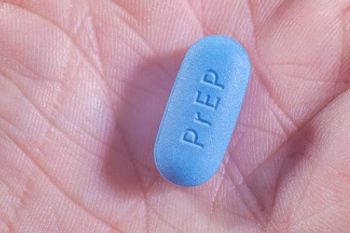
With 1329.6 person-years of PrEP use accumulated, early continuation was achieved by 79.8% of participants.

We're separating fact from fiction regarding the investigation into these concerns.
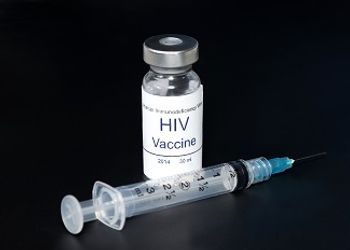
The phase 2a study compares a bivalent combination of Clade C and Mosaic gp140 with a single-valent Clade C gp140.

Providers who received the intervention materials had higher satisfaction and confidence in prescribing chronic opioid therapy than their colleagues who did not.

Recent commentaries—1 optimistic, the other less so—shed light on the challenges ahead and how we can hope to overcome them.
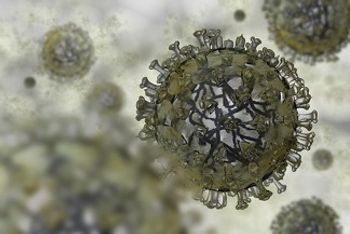
In the wake of prior findings that influenza A viruses exhibited reduced susceptibility to single-dose baloxavir, a new study indicates that the antiviral medication inhibits all 4 types of flu, including viruses with pandemic potential.
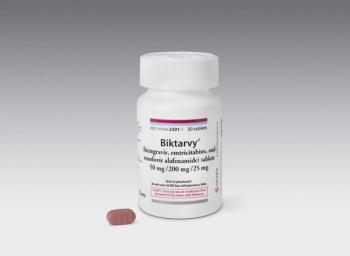
Two phase 3 studies presented at IAS 2019 evaluated a switch to B/F/TAF among individuals virologically suppressed on other HIV treatment regimens.

A handful of new studies weighing the risks and benefits of ART regimens containing dolutegravir have triggered new recommendations from the WHO.
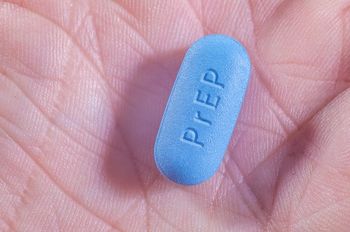
The team assessed program engagement, medication refills, and self-reported 3-day adherence over 72 weeks, among the individuals who initiated PrEP.

The difference between NTD prevalence with dolutegravir and non-dolutegravir antiretrovirals from conception was small, but significant at 0.20% difference (95%CI 0.01%, 0.59%).

Global HIV/AIDS data from 2018 reveals that some countries are making tremendous strides towards the 2020 targets, while others are still seeing a rise in new HIV cases and AIDS-related deaths.

CDC has released a complete summary of AFM cases in 2018, urging clinicians to recognize symptoms, collect specimens, and report suspected cases.

From vaccines to conflict, here's an update on why this Ebola outbreak is so unique.

The survey of households found that although 80% of residents had heard of Rocky Mountain spotted fever, less than half used pesticides to prevent the presence of ticks.
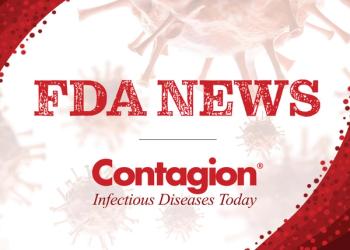
Here is a look at infectious disease-related US Food and Drug Administration news from the week of July 14, 2019.

We’ve rounded up a list of important US Food and Drug Administration (FDA) and US Department of Agriculture (USDA) recalls from this past week.

Stay up-to-date on the latest infectious disease news by checking out our top 5 articles of the week.
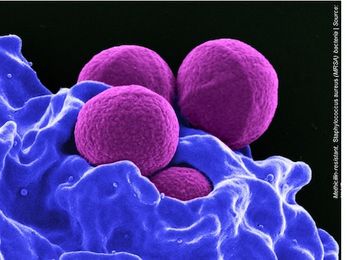
Although conducting whole genomic sequencing creates an upfront cost in screening patients for MRSA, a new study finds that it’s a cost-effective way to prevent new infections and related deaths.
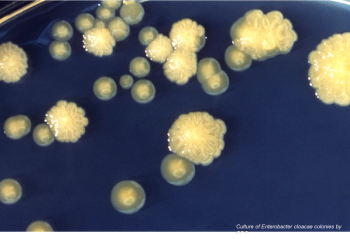
The use of high-dose daptomycin in combination with a β-lactam antibiotic to treat enterococcal bacteremia is supported by pharmacodynamics.
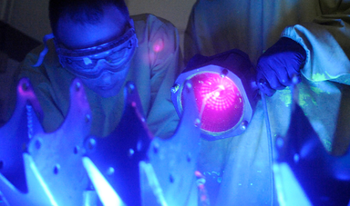
A 10-minute cycle of PX-UV light on glass slides inoculated with C auris reduced the number of colony forming units per milliliter by 99.6%.

Kaye speaks on the recently approved drug for the treatment of adults with cUTI or cIAI with limited or no alternative treatment options.

One of the biggest studies to-date on the relationship between cefepime plasma concentrations and neurotoxicity has identified which patients are at greatest risk.
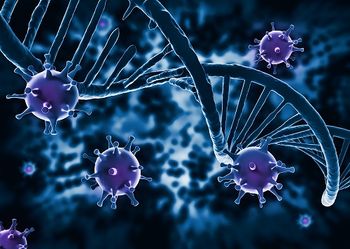
Investigators detected HIV DNA in the cerebrospinal fluid of 48% of participants, which was linked to worse neurocognitive outcomes.

From anthrax to Zika, there's a lot of diversity in the spectrum of biological threats we face daily.